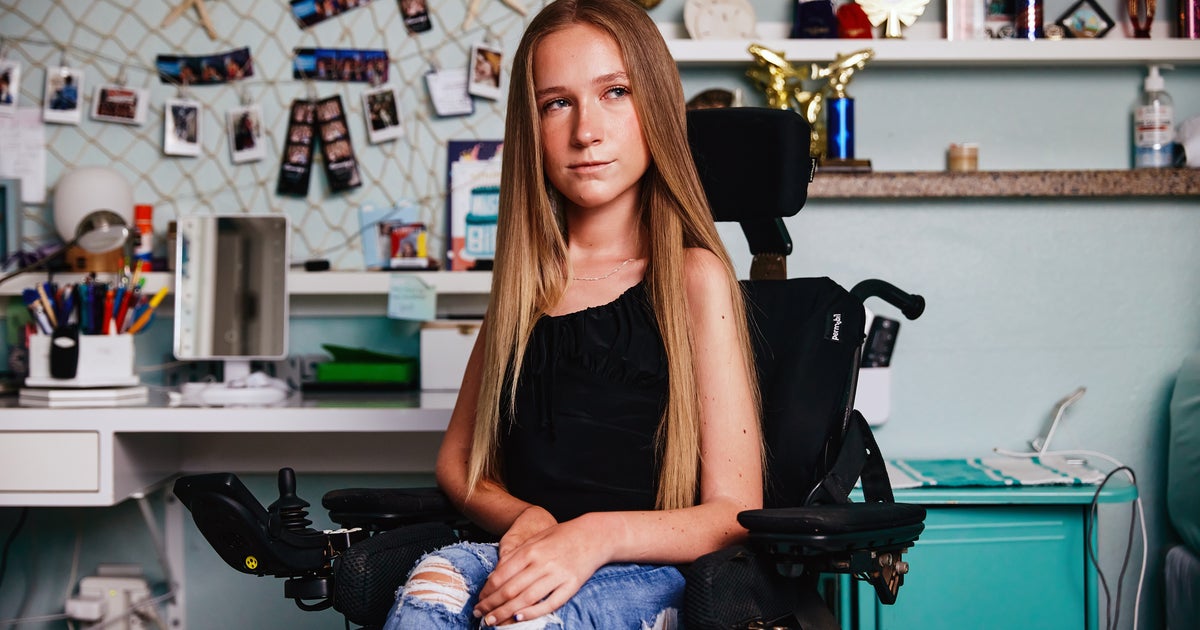In May 2022, Anja, a 16-year-old disabled student, found herself in a terrifying situation when a fellow student with a gun entered her high school in Chicago. Luckily, the police intervened before any harm was done. But the incident left Anja shaken, knowing that she, as a disabled student, would not have been adequately protected if things had taken a turn for the worse.
Anja shared her experience with HuffPost, explaining that the lack of protocols or systems in place to support disabled students made her fear for her safety. The K-12 School Shooting Database, which tracks incidents of gun violence in schools, shows that there have been 118 school shootings in 2023, resulting in 85 deaths or injuries. Despite this alarming statistic, emergency preparedness plans often overlook the needs of disabled students, teachers, and staff, according to disability advocates.
During active shooter drills, students are typically instructed to hide in designated areas and remain silent. However, these protocols fail to consider the unique needs of disabled individuals. Katherine Yoder, executive director of the Adult Advocacy Centers, highlights how wheelchair users may struggle to find a safe hiding place, while those who experience sensory overload might struggle to remain silent without proper tools. The Partnership for Inclusive Disaster Strategies reports that disabled individuals are disproportionately affected by emergencies and crises, with higher rates of death or injury compared to non-disabled individuals.
To address these issues, The Partnership for Inclusive Disaster Strategies works directly with communities to develop disability-inclusive emergency response plans and services. Anja emphasizes the need for active shooter protocols to prioritize the needs of disabled students from the outset, rather than treating them as an afterthought.
However, the problem extends beyond active shooter situations. Disabled lives are often neglected in other emergency scenarios as well. Pew Research reveals that nearly 7 million disabled students account for 14% of public school enrollment in the US. While schools are legally required to develop plans to support disabled students, known as 504 plans or individualized education plans (IEPs), these plans often fail to include specific evacuation protocols. This lack of clarity and preparation can lead to confusion and anxiety for disabled students during emergency drills.
One student, Madison, shares her experience of finding out about the evacuation protocol just hours before a fire drill. The protocol for her was to wait in a stairwell if she was upstairs during a real emergency. Madison’s account highlights the need for schools to establish alternative and individualized evacuation plans for disabled students.
Author Emily Ladau, who uses a wheelchair, recalls her high school’s emergency plan, which essentially had no plan in place. This disregard for her safety made her feel like a burden rather than someone deserving of protection. Even today, many schools rely on shelter-in-place protocols for disabled students during emergencies, but these plans often lack execution or practice, leaving students unprepared.
Returning to Anja’s experience, her school only has a fire evacuation plan in place. This plan requires her to wait in a designated area of rescue assistance until the fire department arrives. However, during a recent fire alarm, Anja encountered difficulties due to a locked door and a lack of supervision in the rescue area. This incident further exposed her vulnerability in emergency situations, emphasizing the need for comprehensive and inclusive protocols.
It is clear that current emergency evacuation plans treat disabled lives as an afterthought. Advocates call for schools to take the necessary steps to develop individualized plans for disabled students that consider their specific needs. By prioritizing the safety and well-being of disabled individuals, schools can ensure that they are not left behind in emergency situations.
Denial of responsibility! VigourTimes is an automatic aggregator of Global media. In each content, the hyperlink to the primary source is specified. All trademarks belong to their rightful owners, and all materials to their authors. For any complaint, please reach us at – [email protected]. We will take necessary action within 24 hours.


